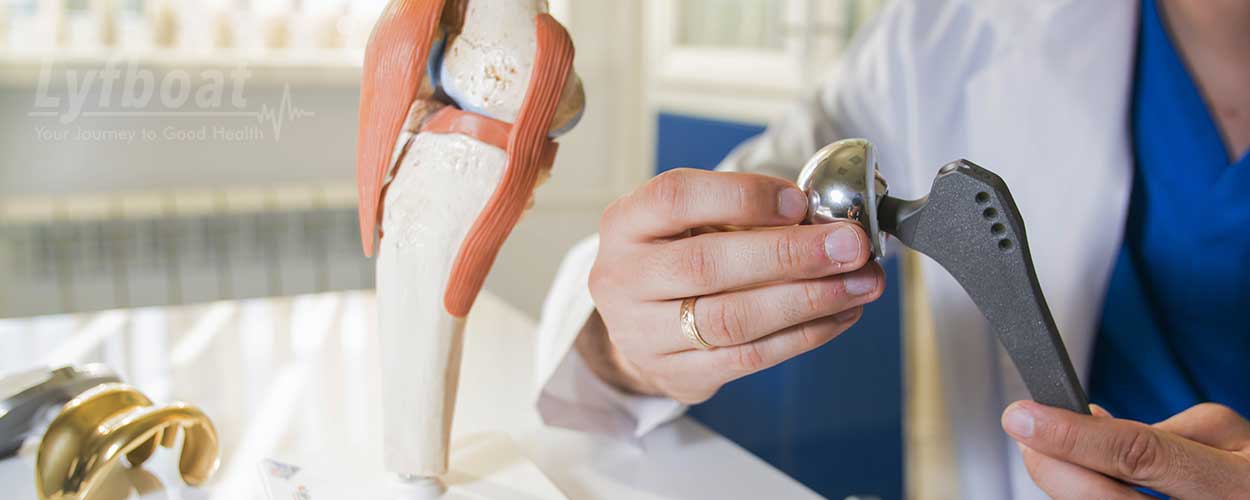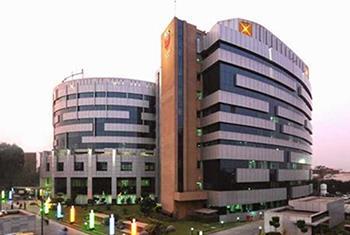Treatment
Non-operative Treatment
- Not everyone with hip dysplasia requires surgery.
- Early diagnosis (during pregnancy or infancy) and bracing are frequently effective treatments for the condition.
- Even though mild hip dysplasia might not need any treatment, it may still need to be watched as the child develops.
- In such situations, complications might never happen or might happen after the child reaches adolescence or young adulthood.
Other non-operative treatments include:
Physiotherapy For Adults with Hip Dysplasia
Therapy must address tendon inflammation, weak muscles, poor joint awareness, and poor posture. All of these factors can be improved by treatment, which can also strengthen the hip extensors and external rotators, retrain the gait, and increase body awareness.
Altering Activity
There are times when it’s required to think about reducing sports that aggravate the hip, like change-of-direction sports. A healthy diet, exercising in different ways (such as swimming without doing the breaststroke), and losing weight can all be beneficial.
Injections
injections into the joint can occasionally aid in temporarily reducing discomfort and inflammation. Additionally, the fact that a shot can relieve pain indicates that the joint itself, not other structures outside the hip, is the source of the relief.
Surgery as treatment
- For more severe cases, surgery on the pelvis and acetabulum can be used to treat hip dysplasia in a child with skeletal immaturity.
- Periacetabular osteotomy (PAO) is a procedure carried out on a skeletally mature adolescent or young adult and is used to treat hip dysplasia, a condition in which the hip joint is out of place.
- It can be used as an alternative to hip replacement surgery in patients who are younger (roughly 40 years old and under).
- In a PAO, parts of the pelvis are cut to reposition the acetabulum and improve the femoral head’s coverage.
- The pelvis contains the socket, also known as the acetabulum.
- The leg can move frontally, laterally, and obliquely as a result of the rotation of the ball within the socket.
- Hip dysplasia patients experience pain and limited mobility because the ball and socket do not meet at the proper angle.
- If this surgery is carried out before an irreversible cartilage injury, such as a torn labrum, it has a great chance of preventing or delaying hip arthritis.
- Older adults with severe hip dysplasia that has caused crippling arthritis may be candidates for hip replacement surgery.
Procedure
- Using the PAO surgical technique, a doctor can treat hip dysplasia cases without having to replace the joint.
- It can be moved into a better position, where it covers and protects more of the femoral head, through a series of cuts made around the hip socket.
- Once this has been completed, three to four screws are used to secure the new positioning.







